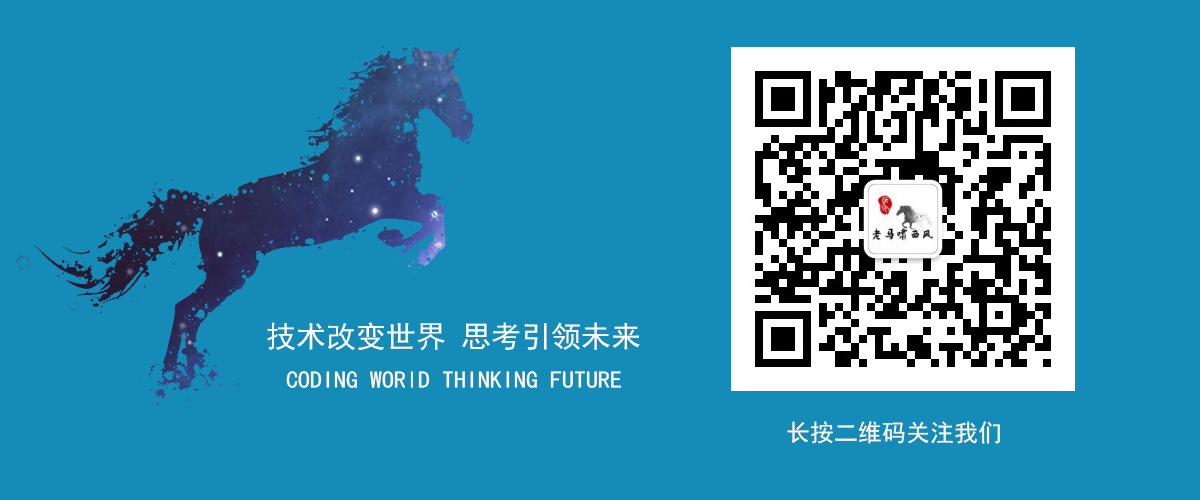事务管理
对于使用过 spring 管理数据库相关操作的,肯定都知道数据库事务。
对于 JMS,Spring 同样也提供了事务支持。
事务的管理
Spring提供了一个JmsTransactionManager,用于管理单个JMS ConnectionFactory的事务。这允许JMS应用程序利用Spring的托管事务特性,如第17章事务管理所述。JmsTransactionManager执行本地资源事务,将指定的ConnectionFactory的JMS连接/会话对绑定到线程。JmsTemplate自动检测这种事务性资源,并相应地对其进行操作。
在Java EE环境中,ConnectionFactory将共享连接和会话,以便在事务之间高效地重用这些资源。在独立环境中,使用Spring的SingleConnectionFactory将导致共享JMS连接,每个事务都有自己的独立会话。或者,考虑使用特定于提供者的池适配器,比如ActiveMQ的PooledConnectionFactory类。
JmsTemplate还可以与JtaTransactionManager和支持xa的JMS ConnectionFactory一起用于执行分布式事务。注意,这需要使用JTA事务管理器以及正确配置了xa的ConnectionFactory!(检查Java EE服务器/ JMS提供程序的文档。)
在使用JMS API从连接创建会话时,跨托管和非托管事务环境重用代码可能会令人困惑。这是因为JMS API只有一个工厂方法来创建会话,并且它需要事务和确认模式的值。在托管环境中,设置这些值是环境的事务性基础结构的责任,因此这些值被供应商的包装器忽略到JMS连接。在非托管环境中使用JmsTemplate时,可以通过使用sessionTransacted和session确认emode属性来指定这些值。当使用带有JmsTemplate的PlatformTransactionManager时,总是会给模板一个事务性JMS会话。
本地事务管理
每个消息侦听器调用将在活动JMS事务中操作,并在侦听器执行失败时回滚消息接收。
发送响应消息(通过SessionAwareMessageListener)将是同一本地事务的一部分,但是任何其他资源操作(如数据库访问)将独立操作。
这通常需要在侦听器实现中进行重复的消息检测,包括数据库处理已经提交但消息处理没有提交的情况。
实现
实现起来非常简单,添加 <property name="sessionTransacted" value="true"/> 即可。
<bean id="jmsContainer" class="org.springframework.jms.listener.DefaultMessageListenerContainer">
<property name="connectionFactory" ref="connectionFactory"/>
<property name="destination" ref="destination"/>
<property name="messageListener" ref="messageListener"/>
<property name="sessionTransacted" value="true"/>
</bean>
分布式事务
如果需要外部事务,则需要通过 JtaTransactionManager。
但是实战中见过的较少,此处跳过。
代码示例
代码
- TxProducerServiceImpl.java
@Service
public class TxProducerServiceImpl implements ProducerService {
@Autowired
private JmsTemplate jmsTemplate;
@Autowired
@Qualifier("queueDestination")
private Destination destination;
@Override
public void sendMsg(String msg) {
System.out.println("生产者发了一个消息:" + msg);
jmsTemplate.send(destination, new MessageCreator() {
@Override
public Message createMessage(Session session) throws JMSException {
return session.createTextMessage(msg);
}
});
}
}
- TxConsumerMessageListener.java
public class TxConsumerMessageListener implements MessageListener {
@Override
public void onMessage(Message message) {
//这里我们知道生产者发送的就是一个纯文本消息,所以这里可以直接进行强制转换
TextMessage textMsg = (TextMessage) message;
System.out.println("接收到一个纯文本消息。");
try {
System.out.println("消息内容是:" + textMsg.getText());
} catch (JMSException e) {
e.printStackTrace();
}
// 模拟异常
throw new RuntimeException();
}
}
配置
- application-mq-tx.xml
<?xml version="1.0" encoding="UTF-8"?>
<beans xmlns="http://www.springframework.org/schema/beans"
xmlns:xsi="http://www.w3.org/2001/XMLSchema-instance"
xmlns:context="http://www.springframework.org/schema/context"
xsi:schemaLocation="http://www.springframework.org/schema/beans
http://www.springframework.org/schema/beans/spring-beans-3.0.xsd
http://www.springframework.org/schema/context
http://www.springframework.org/schema/context/spring-context-3.0.xsd
http://www.springframework.org/schema/beans http://www.springframework.org/schema/beans/spring-beans-3.0.xsd">
<!--扫描路径-->
<context:component-scan base-package="com.github.houbb.jms.learn.activemq.spring.tx"/>
<!-- Spring提供的JMS工具类,它可以进行消息发送、接收等 -->
<bean id="jmsTemplate" class="org.springframework.jms.core.JmsTemplate">
<!-- 这个connectionFactory对应的是我们定义的Spring提供的那个ConnectionFactory对象 -->
<property name="connectionFactory" ref="connectionFactory"/>
</bean>
<!-- 真正可以产生Connection的ConnectionFactory,由对应的 JMS服务厂商提供-->
<bean id="targetConnectionFactory" class="org.apache.activemq.ActiveMQConnectionFactory">
<property name="brokerURL" value="tcp://127.0.0.1:61616"/>
</bean>
<!-- Spring用于管理真正的ConnectionFactory的ConnectionFactory -->
<bean id="connectionFactory" class="org.springframework.jms.connection.SingleConnectionFactory">
<!-- 目标ConnectionFactory对应真实的可以产生JMS Connection的ConnectionFactory -->
<property name="targetConnectionFactory" ref="targetConnectionFactory"/>
</bean>
<!--这个是队列目的地-->
<bean id="queueDestination" class="org.apache.activemq.command.ActiveMQQueue">
<constructor-arg>
<value>queue</value>
</constructor-arg>
</bean>
<!-- 消息监听器 -->
<bean id="txConsumerMessageListener"
class="com.github.houbb.jms.learn.activemq.spring.tx.TxConsumerMessageListener"/>
<!-- 消息监听容器 -->
<bean id="jmsContainer"
class="org.springframework.jms.listener.DefaultMessageListenerContainer">
<property name="connectionFactory" ref="connectionFactory"/>
<property name="destination" ref="queueDestination"/>
<property name="messageListener" ref="txConsumerMessageListener"/>
<property name="sessionTransacted" value="true"/>
</bean>
</beans>
测试
测试代码
- ActiveMQTxTest.java
@RunWith(SpringJUnit4ClassRunner.class)
@ContextConfiguration(locations = {"classpath:application-mq-tx.xml"})
public class ActiveMQTxTest {
@Autowired
private ProducerService producerService;
@Test
public void sendTest() {
producerService.sendMsg("hello spring jms local tx!");
}
}
测试日志
- 第一次异常测试
生产者发了一个消息:hello spring jms local tx!
接收到一个纯文本消息。
消息内容是:hello spring jms local tx!
Sep 21, 2018 12:49:57 PM org.springframework.jms.listener.DefaultMessageListenerContainer invokeErrorHandler
警告: Execution of JMS message listener failed, and no ErrorHandler has been set.
java.lang.RuntimeException
...
- 第二次正常测试
我们注释掉监听器中的异常代码,再跑一次。
这次收到两条消息,说明第一次异常之后,消息被回滚到队列中去了。
生产者发了一个消息:hello spring jms local tx!
接收到一个纯文本消息。
消息内容是:hello spring jms local tx!
Sep 21, 2018 12:56:58 PM org.springframework.context.support.GenericApplicationContext doClose
信息: Closing org.springframework.context.support.GenericApplicationContext@100fc185: startup date [Fri Sep 21 12:56:58 CST 2018]; root of context hierarchy
接收到一个纯文本消息。
消息内容是:hello spring jms local tx!
